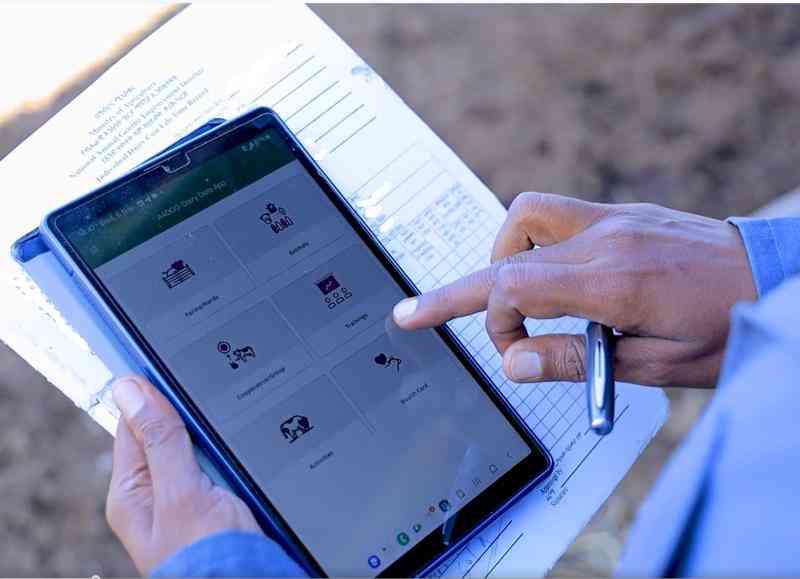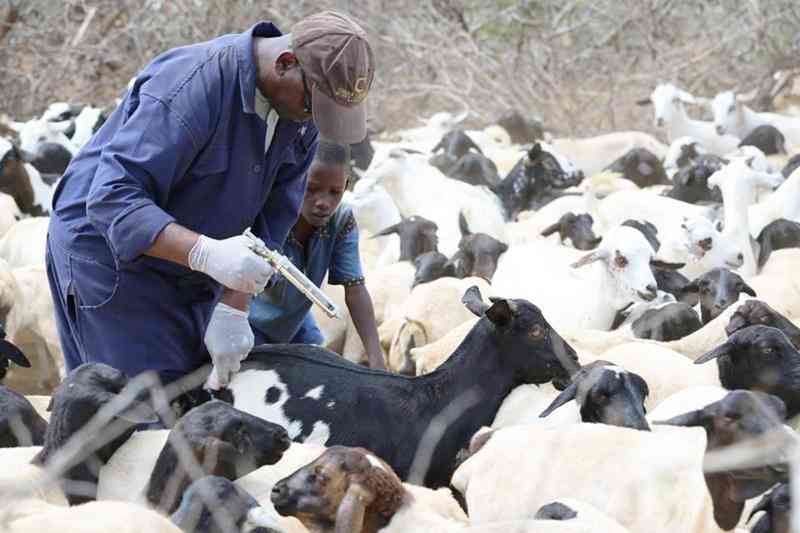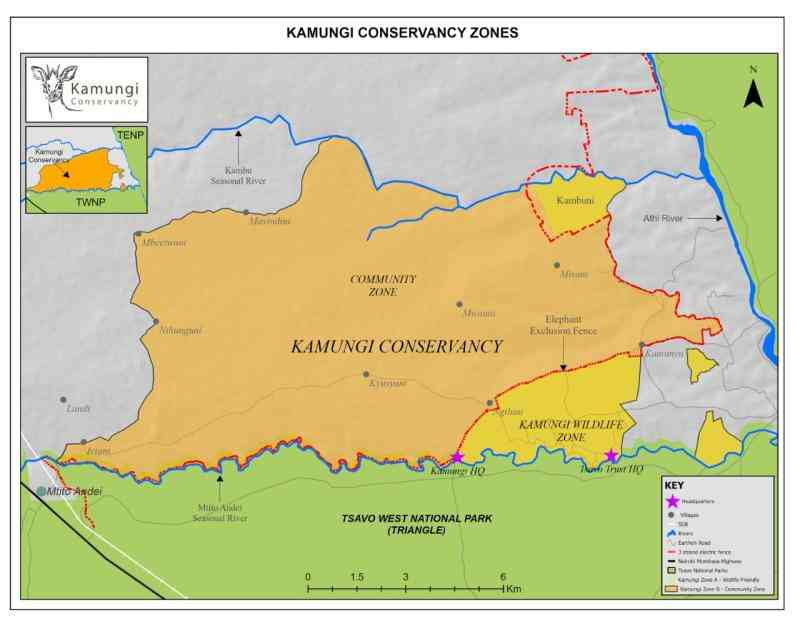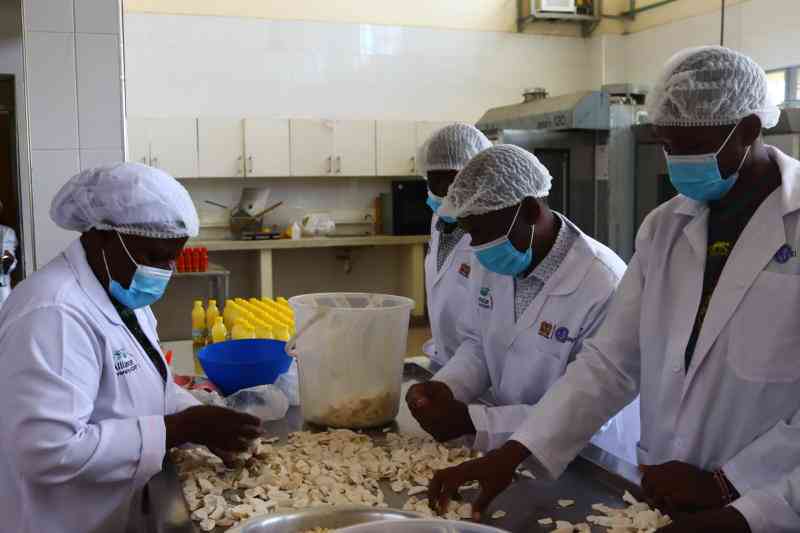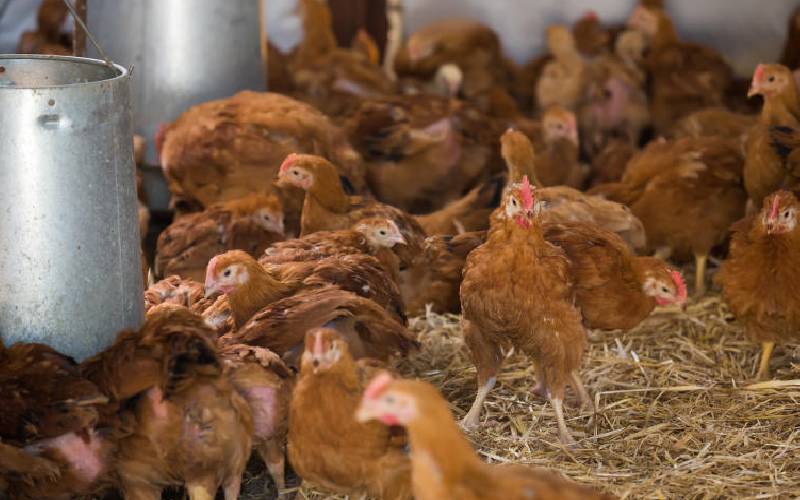
You may have heard of a poultry farmer who lost his/ her birds in one storm. Its such a tragic loss that can dissuade you from rearing chicken. We want to go to the core of what quality control is all about by exploring the terms biosafety and biosecurity.
Is biosafety the same as biosecurity?
Biosafety; A biosafety programme consists of actions and measures aimed at improving poultry hygiene and health during the production process.
Biosecurity: The processes aimed at minimizing chances of entry and spread of pathogens into a country, within a nation / region and between villages/ farms / households.
Biosafety programme
Biosafety programme becomes stricter as it goes up the pyramid from commercial farms to the breeding farms (i.e. stricter in the breeding firms than at farmer’s level)
Of concern the programme are: Chick acquisition, Farm location, Feed and water, Cleaning and disinfection procedures, Vaccination, Control of pathogen vectors such as rodents, insects and wild animals
Biosecurity
When establishing the poultry production enterprise decide on: the type of husbandry practices, isolation, traffic control and sanitation
Disinfection and farm hygiene in poultry farms
Disinfection and hygiene are important procedures for disease control in the management of all forms of livestock – particularly if kept under intensive production.
Disinfection consists of the act of destroying disease-producing viruses, bacteria and fungi by chemical and physical means.
A good disinfectant should be; Highly germicidal, Non-toxic, Effective in presence of moderate amounts of organic matter, Non-corroding and non-tainting, Soluble in water, Capable of penetrating materials, Unassociated with bad odor, Readily available and inexpensive.
Some examples of disinfectants: Cresols and cresylic acid, Phenols, Iodine, Chlorine, Quaternary ammonium salts (QAS) and Formaldehyde.
Disinfestation; Consists of a process allied to disinfection aimed at destroying internal parasites such as protozoa and helminthes or external parasites such as mites.
Farm hygiene; Involves the setting up of physical barriers to restrict access of disease agents to the stock and to limit the spread of infectious material inside houses and around the site
Benefits derived from disinfection and disinfestations are largely dependent on the efficacy of hygienic measures
Disinfection of poultry houses
Terminal disinfection is carried out after end of production, prior to introduction of new flock. Its aim is to reduce or eliminate disease causing organisms
The procedure for terminal disinfection entails: Cleaning, dislodge dust from upper parts of the house to the litter surface, remove litter - make sure that the litter is not scattered in the site and then wash the house with a detergent and then apply a suitable disinfectant.
Resting the house: After terminal disinfection, the house should be rested. This reduces the number of disease causing organisms.
Farm hygiene
Farm hygiene has two components: exclusion of external sources of infection and control of transmission of disease within a house.
Some of the External sources of infection include;
- Rodents and insect pests: Are potential mechanical and biological carriers of diseases. Salmonella infection of rats and mice are a particular hazard. Exclude these pests by appropriate house design.
- Visitors and farm workers; Avoid visitors as much as possible. For farm workers, provide work-clothes that they live on the farm. Provide foot dips with appropriate disinfectants at entrance to each house. Renew the dip regularly
- Wild birds; These are potential carriers of many poultry diseases. Use appropriate house design that is foolproof to wild birds.
- Inanimate objects; These include feeders, waterers and other pieces of equipment used in the poultry house. Clean them regularly.
- Contaminated feed and new litter: Animal proteins feeds can be a major source of introduction of salmonella into the poultry flock. Obtain feed from a reliable source. Transport feed and litter in clean vehicles
Control of transmission of disease within a house
- Stocking density – Refers to the number of birds per unit area. Spread of respiratory diseases increases with stocking density. Provide adequate floor space as well as feeding and watering space to ensure that the birds are evenly distributed in the house
- Water and feed contamination - Avoid fecal contamination of feed and water by use of appropriate equipment
- Litter - Should be sufficiently deep and loose to prevent feces from remaining on the surface. Litter material should be highly absorbent
- Sick and dead birds - Inspect the flock regularly to identify sick bird. Remove dead birds as soon as they are seen. Determine the cause of death by post mortem – so as to determine appropriate medication or action.
Let’s keep our poultry flock safe by ensuring strict observation of biosecurity and biosafety measures.
Want to get latest farming tips and videos?
Join Us
 The Standard Group Plc is a multi-media organization
with investments in media platforms spanning newspaper print operations,
television, radio broadcasting, digital and online services. The Standard Group
is recognized as a leading multi-media house in Kenya with a key influence in
matters of national and international interest.
The Standard Group Plc is a multi-media organization
with investments in media platforms spanning newspaper print operations,
television, radio broadcasting, digital and online services. The Standard Group
is recognized as a leading multi-media house in Kenya with a key influence in
matters of national and international interest.
 The Standard Group Plc is a multi-media organization
with investments in media platforms spanning newspaper print operations,
television, radio broadcasting, digital and online services. The Standard Group
is recognized as a leading multi-media house in Kenya with a key influence in
matters of national and international interest.
The Standard Group Plc is a multi-media organization
with investments in media platforms spanning newspaper print operations,
television, radio broadcasting, digital and online services. The Standard Group
is recognized as a leading multi-media house in Kenya with a key influence in
matters of national and international interest.



